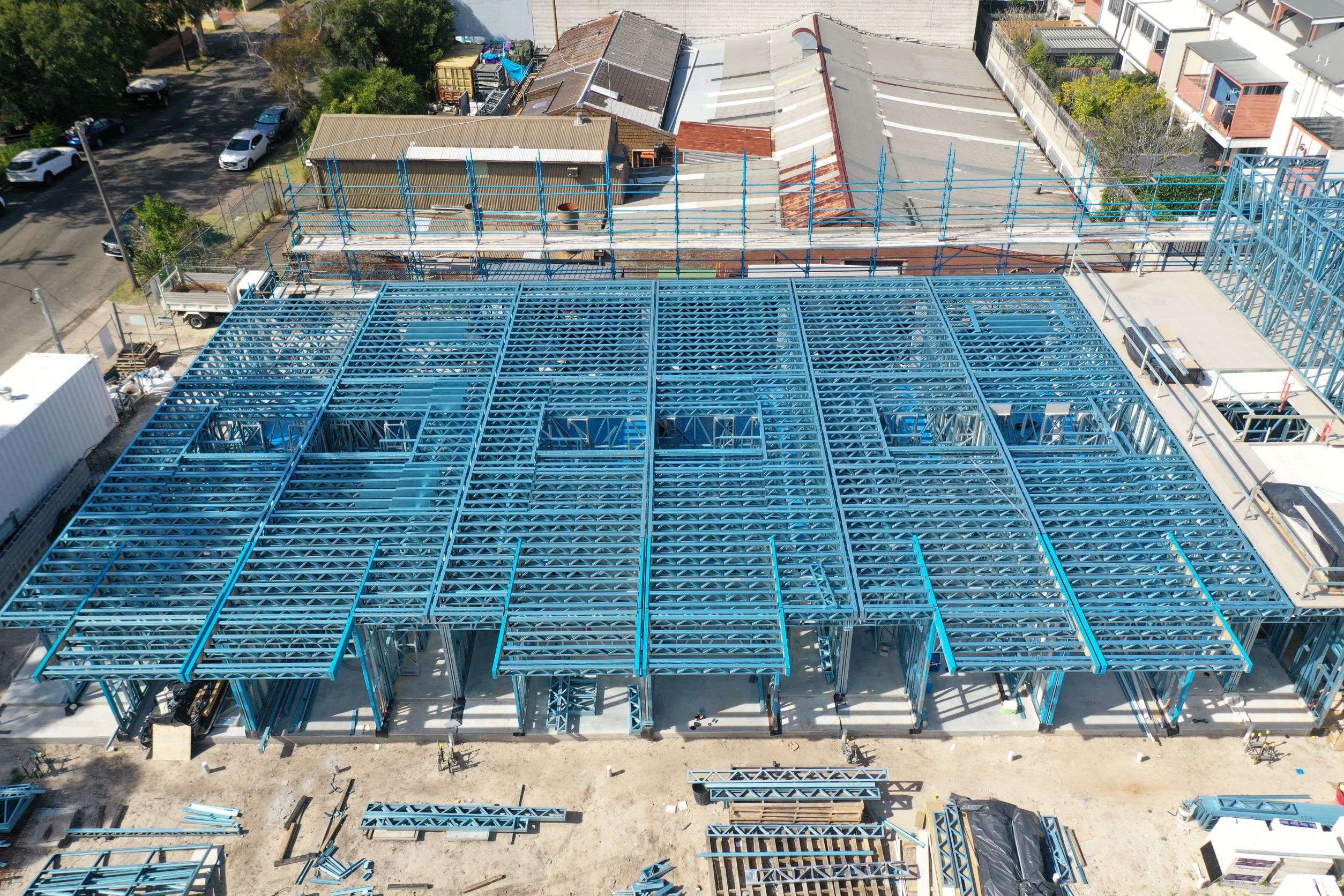- December 20, 2023
- Posted by: Mohit Chauhan
- Category: Steel Framing

Australia, known for its diverse landscapes and thriving urban centers, has stringent building codes in place to ensure the safety and longevity of structures. When it comes to steel framing, understanding and adhering to these codes are paramount. In this blog post, we’ll provide an overview of building codes related to steel framing in Australia and discuss key compliance and regulatory considerations.
Australian Standards for Steel Framing: The backbone of steel framing regulations in Australia is governed by the Australian Standards (AS). The primary standard for steel framing is AS 3623-1993, covering cold-formed structural steel sections. This standard outlines the requirements for manufacturing, fabrication, and installation of steel framing members used in construction.
Compliance Considerations
1. Design Compliance: Steel framing designs must comply with the structural provisions outlined in the National Construction Code (NCC), specifically Volume Two. This includes considerations for wind loads, snow loads, and other environmental factors.
2. Material Quality: AS 1397 sets the standards for the continuous hot-dip metallic-coated steel sheet and strip used in construction. Ensure that the steel framing materials meet the specified requirements to guarantee strength and durability.
3. Fire Resistance: Addressing fire safety is crucial. AS 4100 provides guidelines for structural steel, including considerations for fire-resistant design. Steel framing must meet these standards to ensure buildings can withstand fire for a specified duration.
4. Connections and Fastenings: AS 4100 also covers the design of steel structures, including connections. Proper design and installation of connections are vital to ensure the stability and integrity of the steel framing system.
5. Corrosion Protection: AS 2312 outlines the recommendations for the protection of structural steel against atmospheric corrosion. Adequate corrosion protection measures must be in place to safeguard the steel framing, especially in coastal or corrosive environments.
Regulatory Considerations
- Local Government Regulations: Building approvals and compliance may vary among different local government authorities. It’s crucial to be familiar with and adhere to the specific requirements of the local councils in the area of construction.
- Certification and Inspection: Engage certified professionals for the design and installation of steel framing. Regular inspections during construction ensure compliance with the approved plans and standards.
- Occupational Health and Safety (OHS): Complying with OHS regulations is imperative to create a safe working environment. This includes proper training for workers involved in steel framing construction and adherence to safety protocols.
In the dynamic landscape of construction in Australia, understanding and complying with building codes related to steel framing are non-negotiable. By aligning with Australian Standards, local regulations, and ensuring meticulous compliance considerations, builders and developers can construct structures that not only meet safety standards but also stand the test of time in the Australian environment.
Remember, staying informed and working with professionals who understand the intricacies of steel framing regulations is key to successful and compliant construction projects in Australia.

